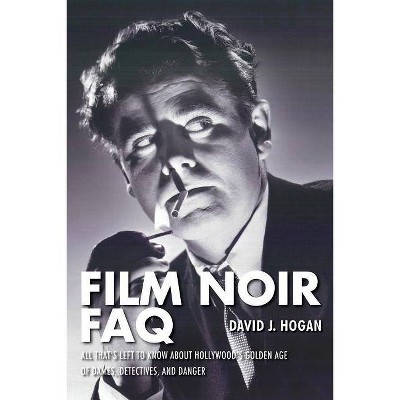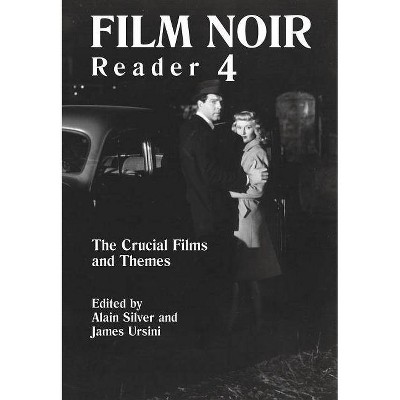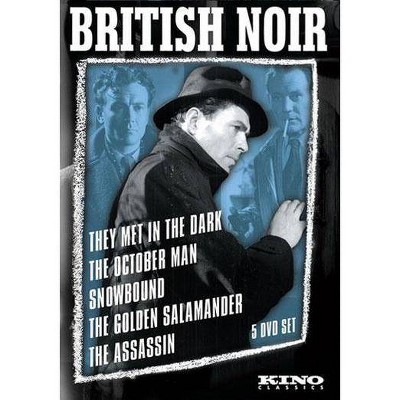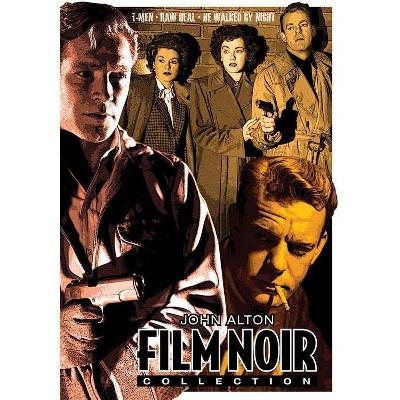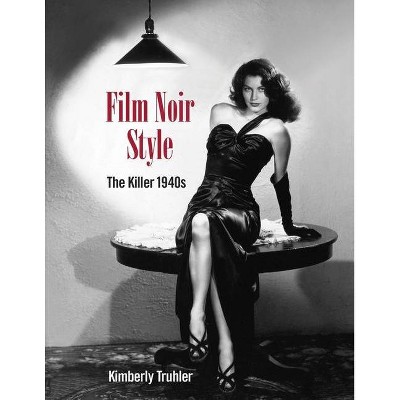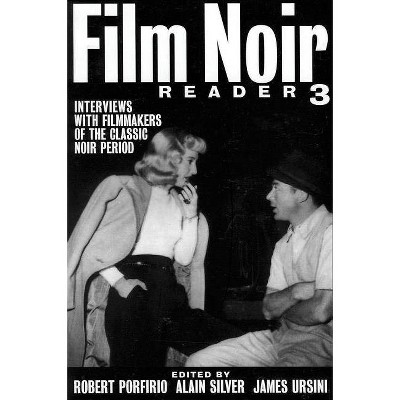Film Noir - (New Approaches to Film Genre) by William Luhr (Paperback)
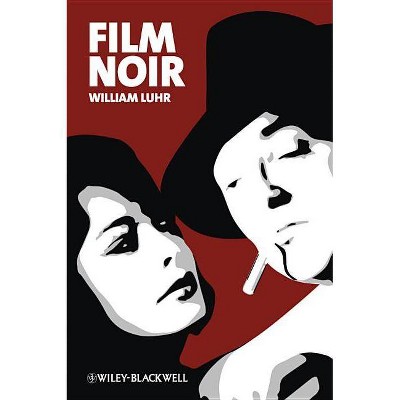
Similar Products
Products of same category from the store
AllProduct info
<p/><br></br><p><b> Book Synopsis </b></p></br></br><i>Film Noir</i> offers new perspectives on this highly popular and influential film genre, providing a useful overview of its historical evolution and the many critical debates over its stylistic elements.<br /> <br /> <ul> <li>Brings together a range of perspectives on a topic that has been much discussed but remains notoriously ill-defined</li> <li>Traces the historical development of the genre, usefully exploring the relations between the films of the 1940s and 1950s that established the noir universe and the more recent films in which it has been frequently revived</li> <li>Employs a clear and intelligent writing style that makes this the perfect introduction to the genre</li> <li>Offers a thorough and engaging analysis of this popular area of film studies for students and scholars</li> <li>Presents an in-depth analysis of six key films, each exemplifying important trends of film noir: <i>Murder, My Sweet</i>; <i>Out of the Past</i>; <i>Kiss Me Deadly</i>; <i>The Long Goodbye</i>; <i>Chinatown</i>; and <i>Seven</i></li> </ul><p/><br></br><p><b> From the Back Cover </b></p></br></br><i>Film Noir</i> is the first book to survey this delightfully depraved--and highly popular--cinematic world, populated by shady characters flawed by moral imperfections. The volume provides a valuable overview of the historical evolution of this genre; it teases out the critical debates over generic and stylistic elements, and charts film noir from its inception in the post-War period through to contemporary times. From Double <i>Indemnity</i> to <i>Devil With a Blue Dress</i>, <i>Murder, My Sweet</i> to <i>Mulholland Falls</i> and <i>Woman at the Window</i> to <i>Usual Suspects</i>, <i>Film Noir</i> enables readers to move chronologically through a cinematic world at once shadowy and seductive.<br /> <br /> <p>Luhr brings together a range of perspectives on a topic that has been widely discussed but remains notoriously vague. He explores the relationship between the films of the 1940s and 1950s that established the "noir" universe and the more recent films in which it has been frequently revived. The result is a text that brings a thorough and engaging analysis of this popular area of film studies for both for students and scholars.</p><p/><br></br><p><b> Review Quotes </b></p></br></br><br><p>"It is the most comprehensive and lucid study of the genre I have read ... I was also impressed with Luhr's handling of the shift in Hollywood from the 1930s to 1940s. The morally compromised heroes of the 1940s were unthinkable in the 1930s. Like all good film critics, Luhr makes me want to see my favorite films again because he has shown me things I missed. And then there are all those films I didn't see that are now on my list because of William Luhr." (<i>Carl Rollyson</i>, 16 June 2012)</p> <p> </p><br><p/><br></br><p><b> About the Author </b></p></br></br><b>William Luhr</b> is Professor of English at St. Peter's College, Co-Chair of the Columbia University Seminar on Cinema and Interdisciplinary Interpretation, and Standing Editor of the <i>Oxford University Press Online Bibliography on Cinema and Media Studies</i>. He is the editor of <i>The Coen Brothers' Fargo</i> (2004) and <i>The Maltese Falcon: John Huston, Director</i> (1995) and the author of, amongst others, <i>Screening Genders</i> (with Krin Gabbard, 2008), <i>Thinking About Movies: Watching, Questioning, Enjoying, third edition</i> (co-author with Peter Lehman, 2008) and <i>Raymond Chandler and Film, second edition</i> (1991).
Price History
Price Archive shows prices from various stores, lets you see history and find the cheapest. There is no actual sale on the website. For all support, inquiry and suggestion messagescommunication@pricearchive.us
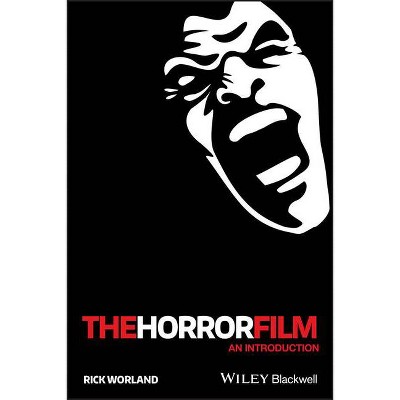
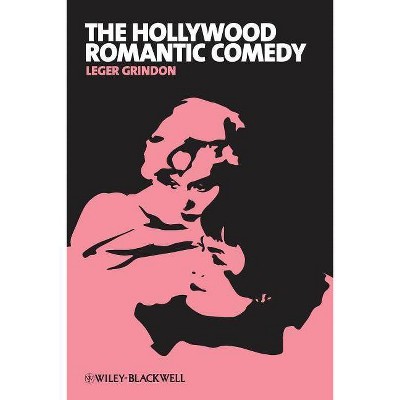
![4-Film Collection: Film Noir [Blu-ray]](https://pisces.bbystatic.com/image2/BestBuy_US/images/products/3504/35046542_so.jpg)
![British Noir: Five Film Collection [DVD]](https://pisces.bbystatic.com/image2/BestBuy_US/images/products/2861/28618285_so.jpg)
